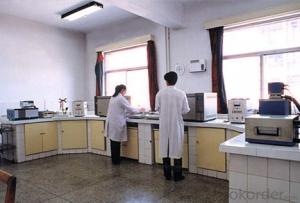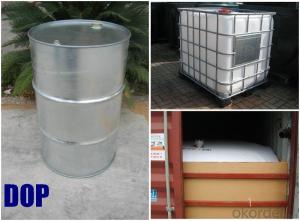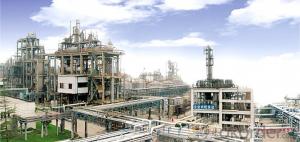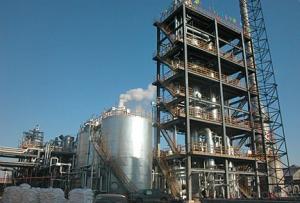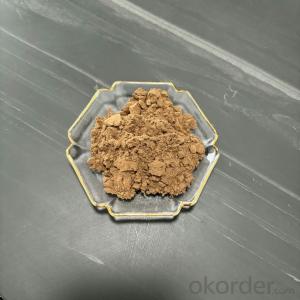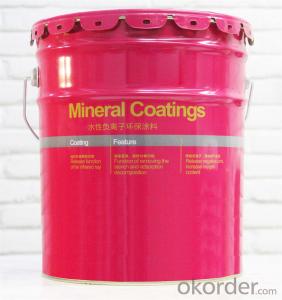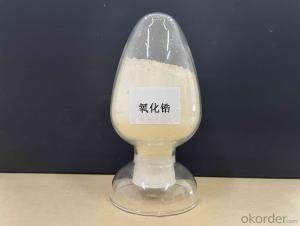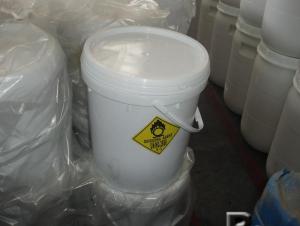Best Price for DOP DEDB ESO ESBO China supplier
- Loading Port:
- Tianjin
- Payment Terms:
- TT OR LC
- Min Order Qty:
- 20 m.t.
- Supply Capability:
- 8000 m.t./month
OKorder Service Pledge
OKorder Financial Service
You Might Also Like
DOP
Molecular Formular : C24H38O4
Molecular weight : 390.57
CAS No.:117-81-7
H.S Code : 2917.3200.00
EINECS No.: 204-211-0
Characteristics : Colorless transparent oily liquid, slight odor.
Processing : Injection Moulding
Application : It is one of the most extensively used plasticizers in plastics processing. It has comprehensive properties, such as high plasticizing efficiency, low volatility, UV-resisting property, water-extracting proof, cold-resisting property, and also good softness and electric property. As a fine main plasticizer, it is extensively used in processing polyvinyl choride and ethylcellulose resins to produce plastic film, imitation leather, electric wire, cable wearer, sheet, planet, mould plastic products and. Used in nitrocellulose paints, it can make the ethylcellu lose more elastic and more strong in extracting tension. It can be used as a softening agent of synthetic rubber, such as to make the product easier to rebound and harder to undergo form change under pressure, without affecting of the plastics.
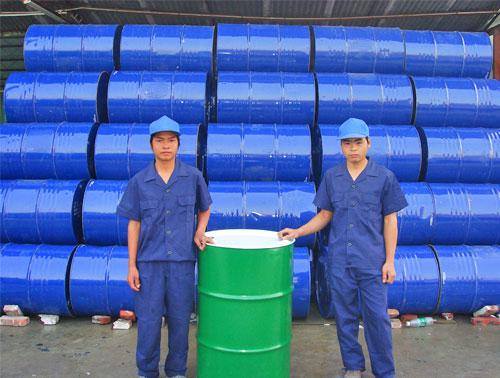
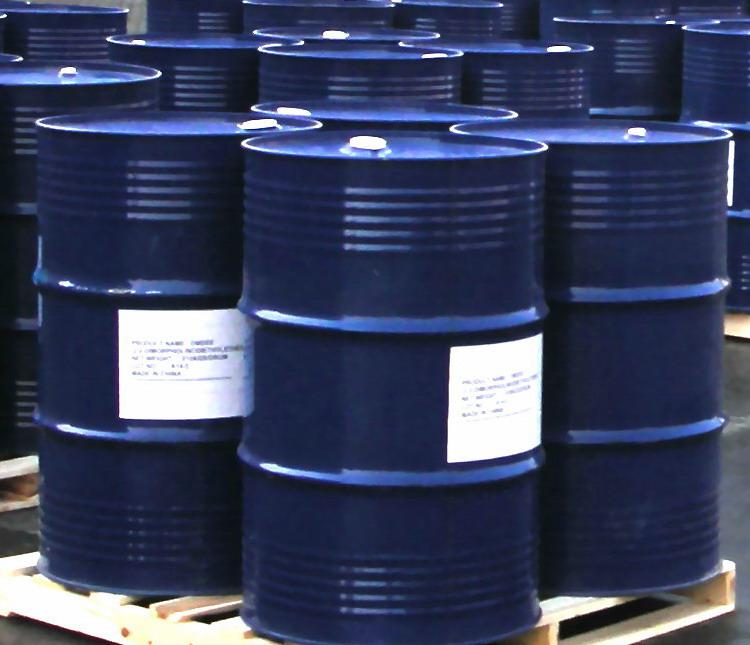
Specifications :
Quality Index | |||
Item | Value | ||
Super Grade | First Grade | Qualified Grade | |
Appearance | Oily liquid | ||
Color(APHA) ≤ | 30 | 40 | 120 |
PurityAs Ester% ≥ | 99.5 | 99.0 | 99.0 |
Acidity (benzene dicarbonic acid)g/cm | 0.01 | 0.015 | 0.03 |
Loss on dry (125oC3hr)%≤ | 0.2 | 0.3 | 0.5 |
Flash point(open)oC ≥ | 195 | 192 | 190 |
Density20,g/cm3 | 0.982-0.988 | ||
Volume Resistivity ΩM ≥ | 1.5×1011 | ||
Heat decrement % ≤ | 0.2 | 0.3 | 0.5 |
Water content,% ≤ | 0.1 | 0.15 | 0.15 |
Package and Storage :
Packed in 200KG/Galvanized Iron Drum or 1000kg/ISO TANK or flexibag container
Stored at dry,shady,ventilated place. Prevented from collision and sunrays,rain-attack during handling and shipping. Met the high hot and clear fire or contact the oxidizing agent,caused the burning danger.
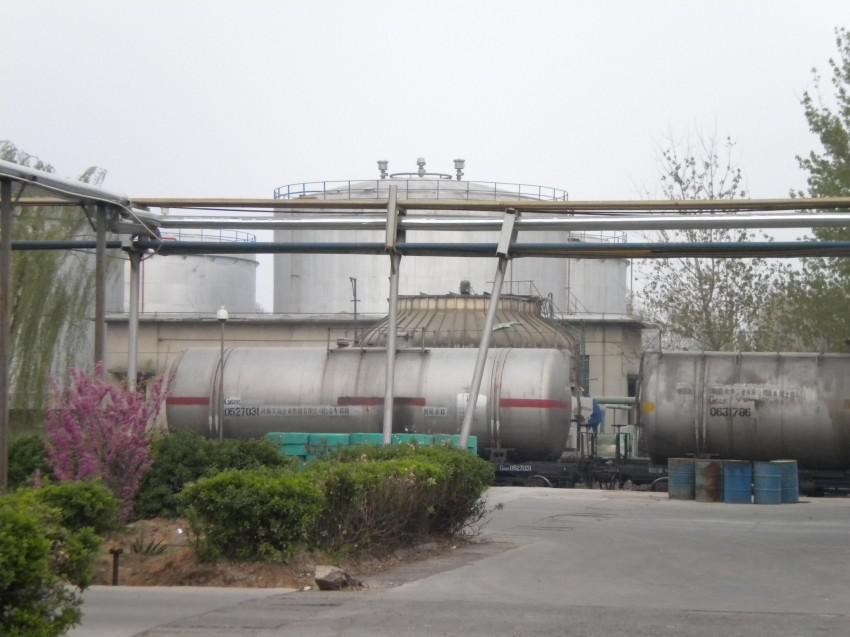
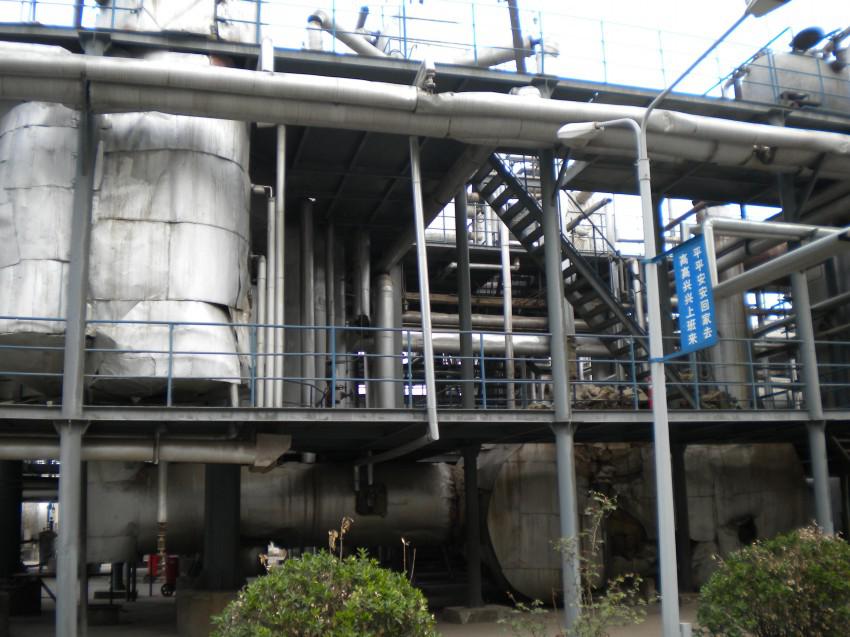

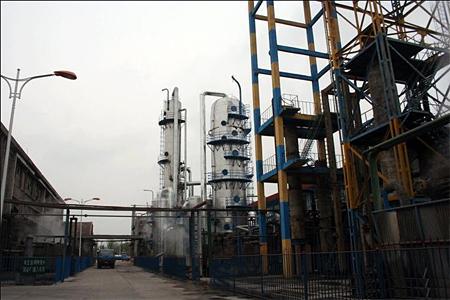
- Q:what is metallocene catalyst technology?
- Metallocene catalyst A transition-metal atom sandwiched between ring structures having a well-defined single catalytic site and well-understood molecular structure used to produce uniform polyolefins with unique structures and physical properties. See also Catalysis; Coordination chemistry; Coordination complexes; Metallocenes; Organometallic compound. In the early 1980s, W. Kaminsky discovered that an appropriate co-catalyst activated metallocene compounds of group 4 metals, that is, titanium, zirconium, and hafnium, for alpha-olefin polymerization, attracting industrial interest. This observation led to the synthesis of a great number of metallocene compounds for the production of polymers already made industrially, such as polyethylene and polypropylene, and new materials. Polymers produced with metallocene catalysts represent a small fraction of the entire polyolefin market, but experts agree that such a fraction will increase rapidly in the future. See also Polymer; Polymerization; Polyolefin resins.
- Q:High school knowledge __ teacher do not know right!
- Nothing to do, but with the percentage of activated molecules, is proportional to
- Q:how could scientists know the exact catalyst for every reactions??? THANX sooo much
- Believe me, nema, there's no way that we chemists know the best catalyst for every reaction. That would be simply impossible. However, from the type of reaction, the reactants, products, reaction conditions, solvents, etc. and from one's experience and the literature (papers and patents) one can get a good idea for most reactions of the type of catalyst that has worked for similar systems. One then starts off with a catalyst from the literature and modifies or changes it if improvement is needed based on chemical principles that one learns. There are also some theoretical calculations that can be made. Sometimes they work and sometimes they don't :) If it is an industrially important process like the Haber process for making ammonia from nitrogen gas and hydrogen gas, there may be thousands of catalysts which have been tried and evaluated. New minor improvements are being made every day. When a company does find a very good catalyst for an important reaction, often they keep it a trade secret. The good catalyst can make a huge difference in how commercially successful a particular process is. That's a large part of what chemical engineers do. You may never know if you have the best catalyst. The most you can hope for is one that is good enough. So it's a few parts personal knowledge, a few parts literature, a couple of parts theory, a lot of experimentation and often, more than not, a little luck. :)
- Q:In the chemical reaction, why can the catalyst speed up the reaction rate
- Platinum and rhodium catalyzes the conversion of carbon monoxide and nitrogen oxides to carbon dioxide and nitrogen, which are used in the conversion of automobile exhaust gases, and in most cars.
- Q:It's a GCSE Chemistry questionI just need to know why there are so many
- Many important chemical reactions require inputs of energy to proceed. If a catalyst is present less energy will be required to complete the reaction. Catalysts are substances that are mixed in with materials that are to be reacted, but they themselves do not, in the end, change chemically. They establish a local environment that promotes one or more chemical reactions to take place. A catalyst is important in many industrial processes. Sulfuric acid, which is used to produce batteries, detergents, dyes, explosives, plastics, and many other produces, is commonly produced using a catalyst called vanadium oxide. Ammonia, a primary component of many fertilizers, could not be produced economically without the use of iron oxide which speed up the reaction. The process of catalyst also affects the state of our global environment. Automobiles use catalytic converters to treat exhaust. The metals platinum and palladium facilitate the chemical conversion of noxious gases to more inert forms, greatly decreasing the environmental impact of combustion engines. Probably the most important impact of catalyst is on life itself. All important biochemical reactions are catalyzed by molecules called enzymes. Most enzymes are proteins which catalyze specific reactions within cells. Some examples include polymerases, which synthesize DNS and RNA, peptidases, which digest protein, and ATP synthases, which produce energy for the many different cell activities.
- Q:Can a catalyst react with a reactant?
- Catalysts are of different categories. There are some reactions, in which only the presence of some compound increases/decreases the rate of the reaction. In other examples, the catalyst do react with the reactants and provide a different path for the reaction. The product is formed and the catalyst is recovered. Not even a single molecule is consumed after the reaction. But if you take a sample while the reaction is going on, you might find a decrease in the concentration of the catalyst. (An example is the use of Mangnese dioxide (MnO2) in the conversion of Potassium Chlorate (KClO3) to Potassium Chloride and oxygen. The MnO2 added at the initiation of the reaction is in form of crystals and at the end of the reaction it is recovered as finely divided powder. This simply shows that MnO2 reacted with KClO3 initially and finally got detached in form of a powder.)
- Q:how a catalyst can provide a new route in forming the product?
- catalyst speeds up the reaction... i don't know if there is actually 'a new route' in product formation because catalysts should not affect the reaction... it only has to speed up the reaction
- Q:Please make it simple because I need it for school and please give to examples for the second part Thanx :D
- A catalyst is a substance that speeds up the rate of a chemical reaction with itself being chemically unchanged at the end of the reaction. They are useful as they help to lower the minimum amount of energy needed ( also known as activation energy) to start the reaction. Hence, by lowering the activation energy of the reaction, they help to speed up the rate of reaction. For example, in the Haber process for the manufacture of ammonia, the catalyst iron is added to speed up the rate of reaction between hydrogen gas and nitrogen gas. Otherwise, the reaction would have proceeded much more slowly. Another example is the catalyst nickel used in the manufacture of margarine and vanadium (V) oxide for manufacturing sulfuric acid. As catalyst remain chemically unchanged after a reaction, they can be reused again and hence, they are required in minute amounts. An example is the washing powder used in washing clothes, they help to remove food stains by digesting the proteins in food. They can be reused after each reaction and hence, you do not need to add in the whole packet of washing powder but only a few spoonful.
- Q:how do catalysts help in green chemistry?
- Catalysts allow more efficient conversion of products in irreversible reactions, or they allow for the faster attainment of equilibrium in equilibrium reactions, thereby reducing time, raw material waste and emissions. Also, because catalysts are reusable, they can be recycled.
- Q:What are the requirements for the catalyst for the chemical industry?
- Generally find a few, according to the cost and cost of cost, choose cost-effective
1. Manufacturer Overview |
|
|---|---|
| Location | |
| Year Established | |
| Annual Output Value | |
| Main Markets | |
| Company Certifications | |
2. Manufacturer Certificates |
|
|---|---|
| a) Certification Name | |
| Range | |
| Reference | |
| Validity Period | |
3. Manufacturer Capability |
|
|---|---|
| a)Trade Capacity | |
| Nearest Port | |
| Export Percentage | |
| No.of Employees in Trade Department | |
| Language Spoken: | |
| b)Factory Information | |
| Factory Size: | |
| No. of Production Lines | |
| Contract Manufacturing | |
| Product Price Range | |
Send your message to us
Best Price for DOP DEDB ESO ESBO China supplier
- Loading Port:
- Tianjin
- Payment Terms:
- TT OR LC
- Min Order Qty:
- 20 m.t.
- Supply Capability:
- 8000 m.t./month
OKorder Service Pledge
OKorder Financial Service
Similar products
New products
Hot products
Related keywords
